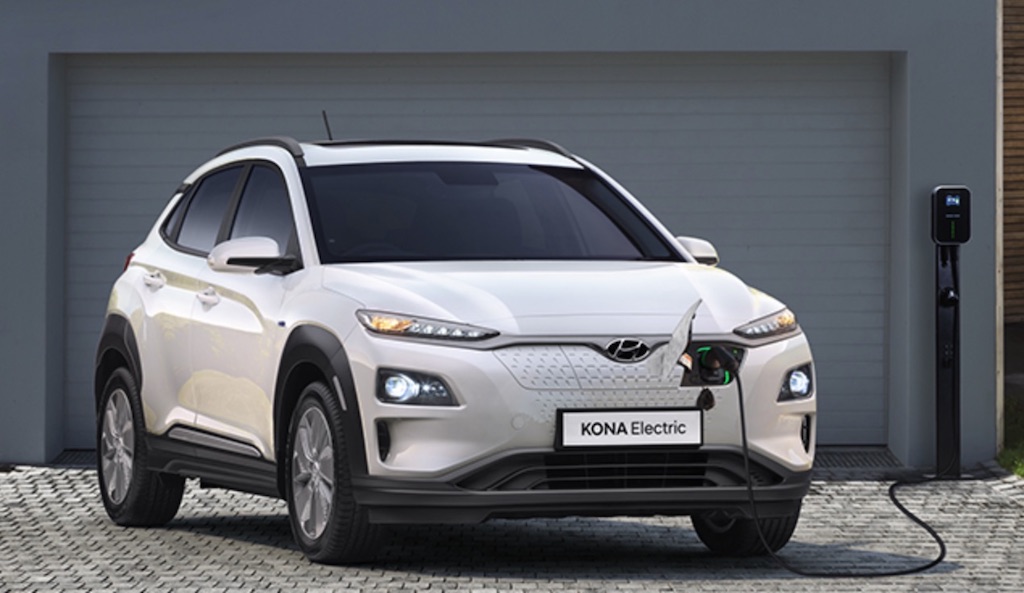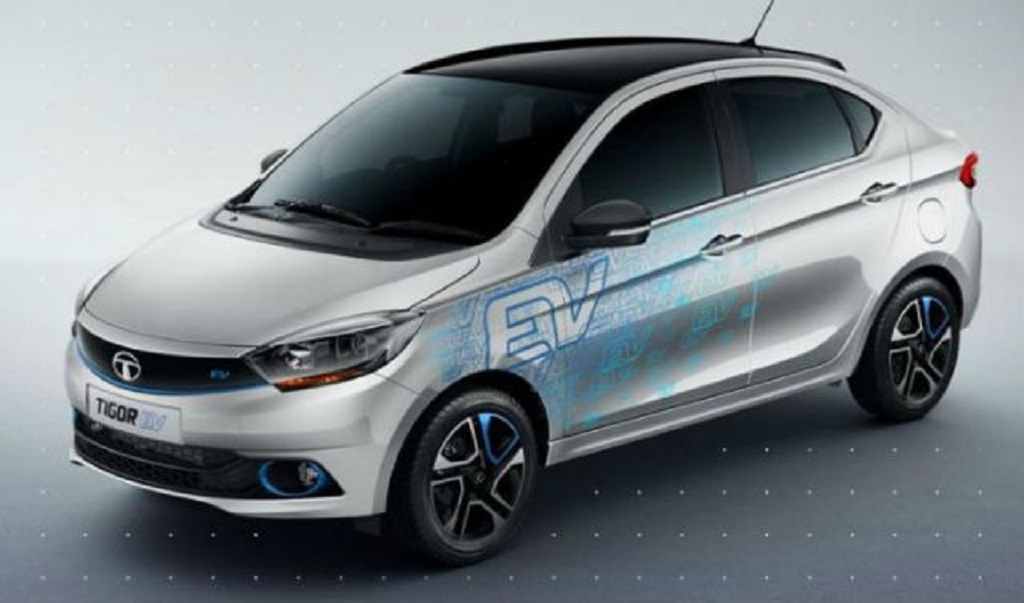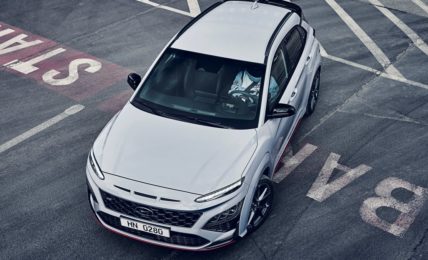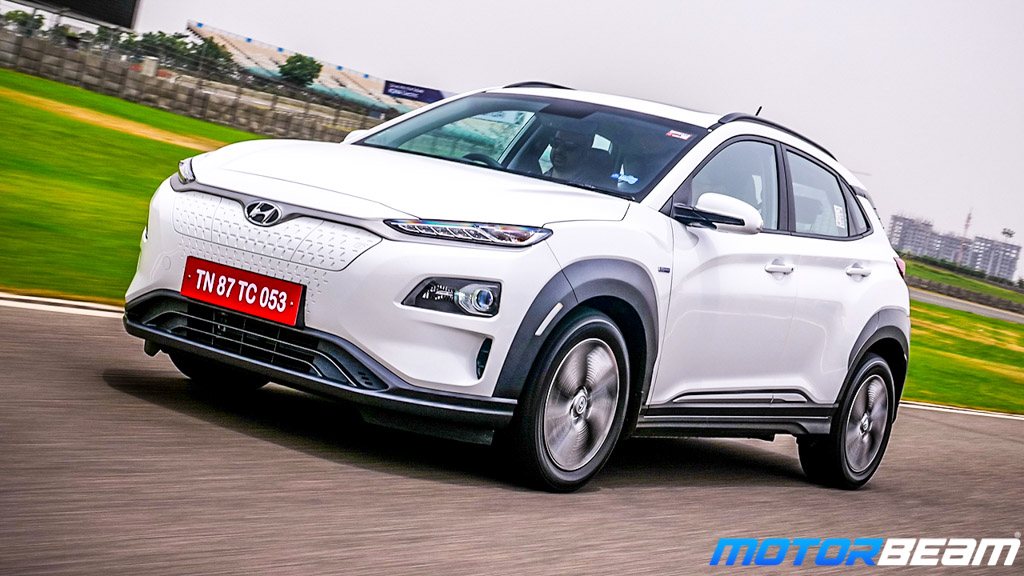There are some shortcomings to India’s EV plan.

As we all can notice, electric vehicles have become the new talk of the town. Everybody seems to be talking about the future of automobiles being electrified. The entire world is moving towards, the electric route, to extricate the nature from dilapidation. India is also trying its best to contribute to the noble cause.
In 2013, India unveiled the “National Electric Mobility Mission Plan (NEMMP) 2020” to address the issues of national energy security, vehicular pollution and growth of domestic manufacturing capabilities. Reiterating its commitment to the Paris Agreement, the government of India has plans to make a significant shift to electric vehicles by 2030.
But the real question arises, “Is India ready for electric vehicles right now?” There are a few factors that are hindering the goal of an electrified India and without the rectification of these issues, the takeover would not be possible.
Cost
The biggest factor that is impeding people from buying electric vehicles in India is the cost. There are only a few electric vehicles for sale in India, and their costs are a huge issue. For example, the Hyundai Kona, costs upwards of Rs. 23 lakhs. That is an exorbitant amount of money for a mid-size SUV, if compared to an internal combustion vehicle of the same segment, the Kona is almost Rs. 5-8 lakhs more expensive. Similarly, the Mahindra e2o starts at Rs. 7.48 lakhs and that price is unjustified for its size and the features that it offers (all prices, ex-showroom).
Range
Electric vehicles are not the most popular amongst Indian buyers because the range is less compared to the charging time taken by them. The Mahindra e20 and Tata Tigor EV have a range of approximately 150 kms on a full charge. While it might be acceptable for a daily commute, it’s insufficient for a long ride.
Charging Infrastructure
The charging infrastructure for electric vehicles in India is not fully developed yet. Charging the vehicles from the normal AC charger sockets at home takes approximately 6 hours for most vehicles. If charging via a DC charger, it takes about an hour or more. Now when you compare this time to the time taken by a fossil-fuelled car to fill up the tank, it seems like an eternity.
Lack of Renewable Energy and Grid Infrastructure
In India electricity is mainly produced by burning coal, which produces a great number of greenhouse emissions. With the introduction of EVs and charging infrastructure, the electricity demand will go up a lot and the whole point of introducing EVs to reduce GHG emissions would be ineffective if all this electricity was produced by burning coal. Moreover, India’s distribution companies hold debts and are unable to suffice the energy requirement of the whole country adequately. If EVs were to enter this equation, the sudden increase in electricity requirement would put extra load on these companies.
Electric Vehicles India
– Cost of electric vehicles is high
– Poor charging infrastructure
– Increase in electricity requirement would put extra load on distribution companies




